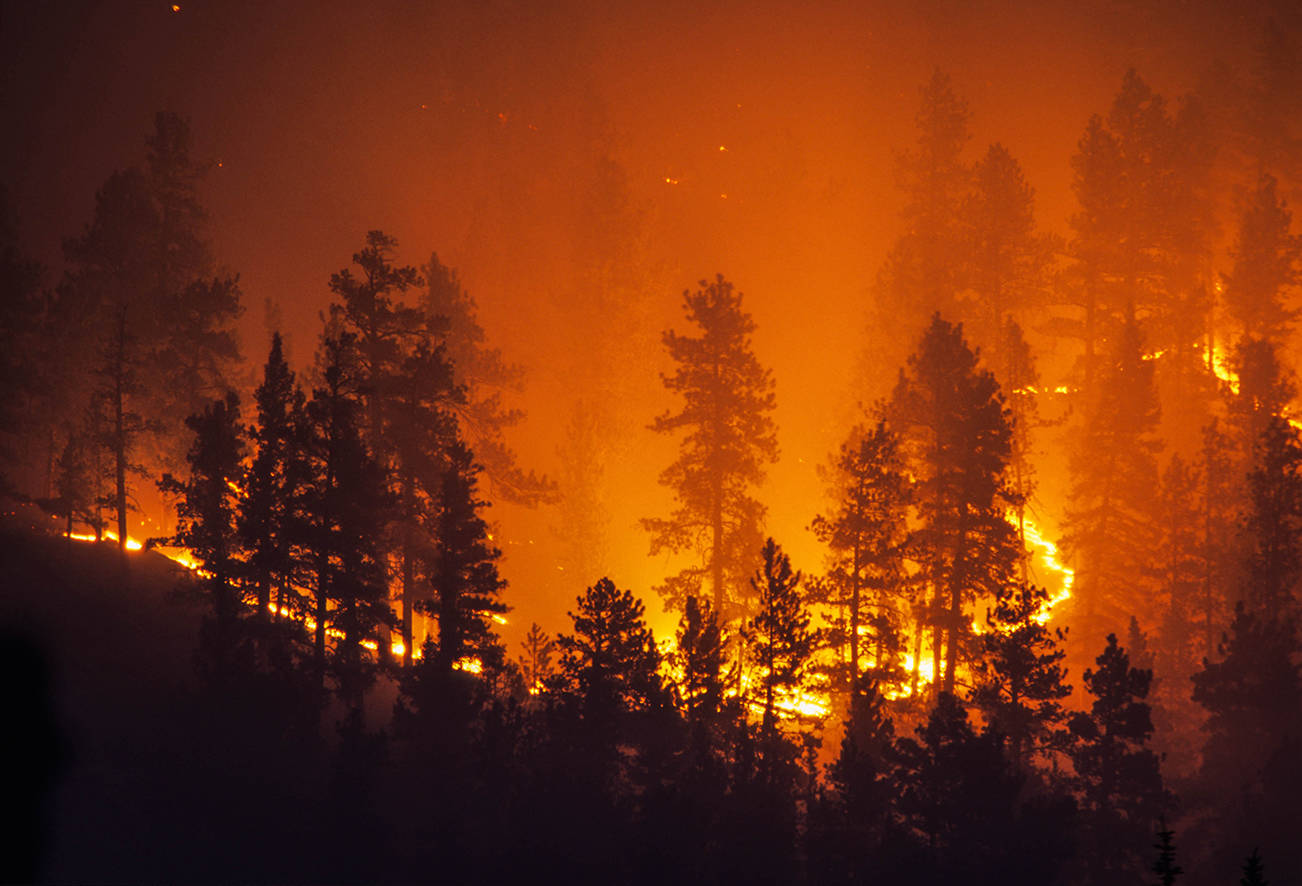Submitted by Pacific Wild Fires Coordinating Group
As many people in the Pacific Northwest head out for summer road trips, the Pacific Northwest Wildfire Coordinating Group offers the reminder that vehicles can spark wildfires during the hot and dry months of summer.
“This year, many families will choose to take road trips for their summer vacations,” says Lauren Maloney, Chair of the PNWCG Communication, Prevention and Investigation Committee. “Taking extra care to prepare for road trips and outdoor adventures should include securing and maintaining vehicles before people hit the road to help avoid sparking a wildfire.”
As of August 6th, there have been 1,983 wildfires in Oregon and Washington, and 85 percent of them have been human caused. In Washington, there have been 890 human-caused wildfires out of 922, while of the 1.061 wildfires to date in Oregon, 787 of them were started by humans. While some of this ratio is the result of lower-than-typical lightning ignitions, it is important for people to pay extra attention to avoid doing anything that could start a wildfire.
Under hot, dry conditions, all types of motorized vehicles can ignite a wildfire. An above-average risk of large fires is expected in central Oregon, southwest Oregon, southeast Oregon, and central Washington through August. Fire officials ask for your help. Follow these basic safety tips when you ride or drive to keep an enjoyable outing from turning into a costly, damaging wildfire:
TIPS TO REDUCE VEHICLE WILDFIRES
· Ensure all parts of your vehicle are secure and not touching the ground. A loose safety tow chain or muffler dragging on pavement can send a shower of sparks into dry vegetation, igniting not one but several wildfires along a roadside.
Check your tire pressure and look for signs of wear. Once a flat tire shreds, the bare wheel on pavement can cast sparks onto roadside vegetation. This scenario has resulted in numerous Pacific Northwest wildfires. Likewise, poorly lubricated wheel bearings can overheat and ignite, and the metal-on-metal contact of a worn-out brake can emit sparks. Ensure that they receive regular maintenance.
Maintain and clean exhaust systems and spark arrestors so they are undamaged and functioning properly. A worn-out catalytic converter can degrade and cast off extremely hot pieces of material, and a faulty spark arrestor can shed hot metal. Engine compartments can collect debris and ignite a spark. Also, regularly inspect the vehicle undercarriage to ensure that fuel and brake lines are intact and no oil leaks are apparent.
A running vehicle’s exhaust system can reach temperatures up to 2,800 degrees Fahrenheit. Avoid driving, idling, or parking on tall, dry grass or piles of brush that can touch the underside of a vehicle. A few seconds of contact between dry grass and a hot catalytic converter or exhaust system can start a fire. Operate ATVs on established roads and trails, and park on gravel surfaces or developed roadside pull-outs. Always carry an approved fire extinguisher on vehicles that are used off-road.
Follow recreational forest laws during fire season, including whether off-road driving is permitted. Report all fires immediately. Keep a cell phone, water, a shovel and a fire extinguisher with you in the event a fire starts.
Make sure that your RV’s cooking appliances, generator, and propane system are all working properly.
Respect private forestlands and their designated closure areas.




